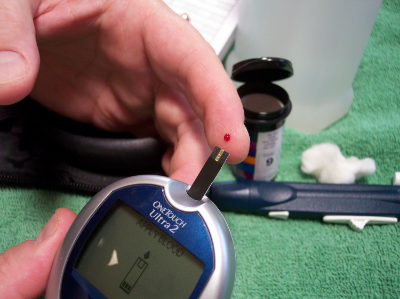T stages of melanoma
Yesterday we discussed a paper that discussed how the microbiome impacted a melanoma cancer therapy. In the same issue of Science another article was published where researchers from Chicago independently made a similar discovery - that the microbiome itself can impart an anti-tumor effect on melanoma.
The scientists were using a common mouse model for melanoma between two different laboratories (Taconic Labs and Jackson Labs) when they noted that the cancer progressed much differently between the labs. The Taconic mice had more aggressive cancer than the Jackson mice. They hypothesized that one possible difference between the mice in the two labs were their microbiomes. In fact, when the Taconic mice were given the Jackson mice's microbiomes, the Taconic mice's cancer grew more slowly. The scientists then attempted to identify which bacteria were having the effect. They compared the mice's microbiomes and discovered that Bifidobacteria were much more abundant in the Jackson mice. Upon treating the Taconic mice with strains of Bifidobacterium longum and Bifidobacterium breve the Taconic mice's cancer grew more slowly. Interestingly, the scientists discovered that the bacteria were likely increasing the activation of T-cells, because mice that had mutated T-cells did not have the microbiome-mediated anti-cancer effect.
This study points to an exciting role of the microbiome in mediating and activating the immune system to attack and destroy some cancers. The researchers note that there are likely other microbiome bacteria that have this effect, but that they have only identified the Bifidobacteria. Hopefully the scientists will be able to measure the effect in humans, and observe an association between patient outcome and the presence and absence of certain gut bacteria.




